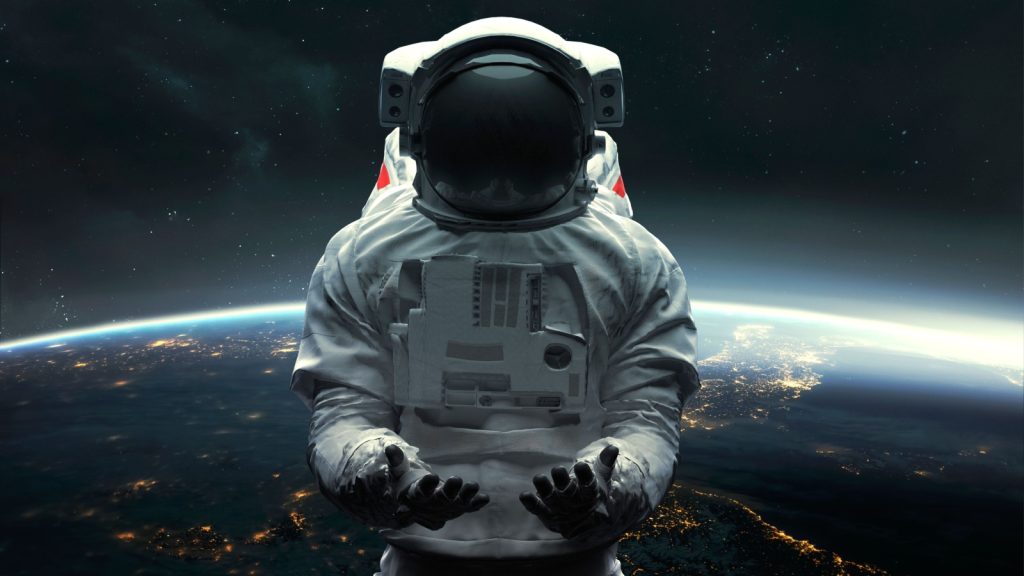Since the beginning of time, mankind has looked up to the stars. Isaac Asimov, Jules Vern, and Arthur C. Clark made space exploration something beyond fiction; Carl Sagan highlighted our humble place in the universe through his reflections on our “pale blue dot.”
But what about the brave men and women who actually ventured into space? These heroes pushed the boundaries of human achievement and made significant contributions to humankind.
These 18 astronauts have not only made remarkable achievements in space but have also used their experiences to inspire and educate people back on Earth. Their bravery, determination, and passion for exploration have pushed the boundaries of human knowledge and capabilities, reminding us of the incredible potential of the human spirit.
Yuri Gagarin: The Trailblazer of Human Spaceflight
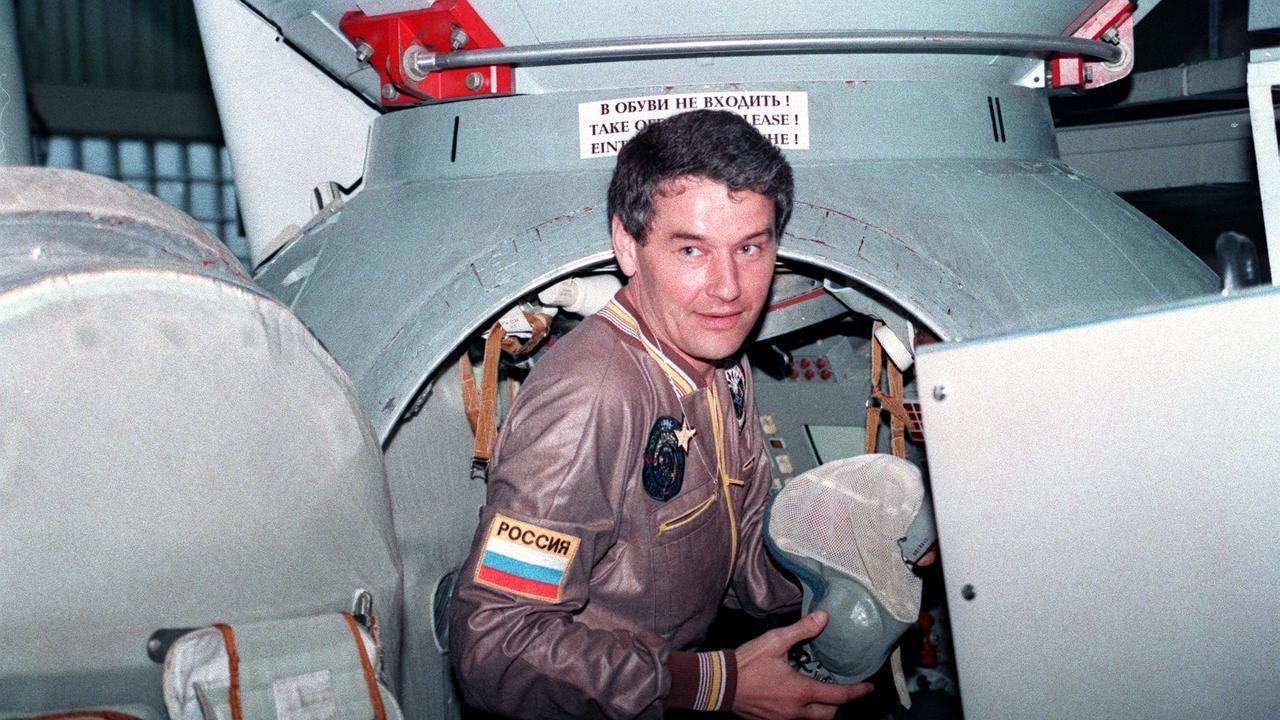
On April 12, 1961, Yuri Gagarin, a Soviet pilot and cosmonaut, became the first human to orbit Earth in the Vostok 1 spacecraft. This achievement was a significant milestone in the US and Soviet Space Race.
While Gagarin’s single orbit around Earth lasted just 108 minutes, it had a profound impact on the future of space exploration by demonstrating that humans could survive the conditions of spaceflight.
His successful mission not only advanced Soviet technology and research but also inspired generations around the world to look to the stars and consider the possibilities beyond our planet.
Neil Armstrong: A Giant Leap for Mankind
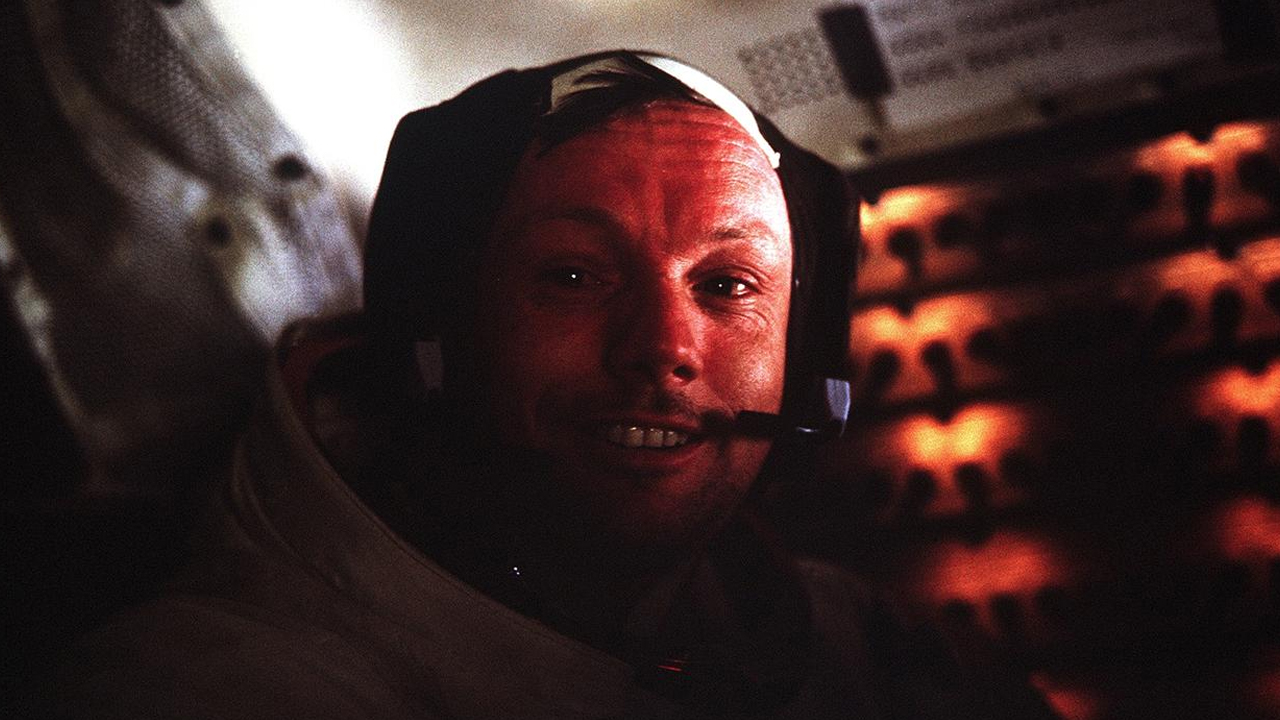
Neil Armstrong was both an American astronaut and aerospace engineer and was known for being the first person to set foot on the Moon on July 20, 1969, during NASA’s Apollo 11 mission.
After stepping onto the lunar surface, Armstrong uttered the iconic phrase, “That’s one small step for man, one giant leap for mankind.” His mission not only fulfilled President John F. Kennedy’s goal of landing a man on the Moon and returning him safely to Earth but also symbolized the possibilities of space exploration.
Although he passed away in 2012, Armstrong’s long history of contributions to space and aeronautics continues to influence and motivate generations of scientists, engineers, and dreamers around the world to explore beyond the bounds of Earth.
Valentina Tereshkova: Pioneering Spacewoman
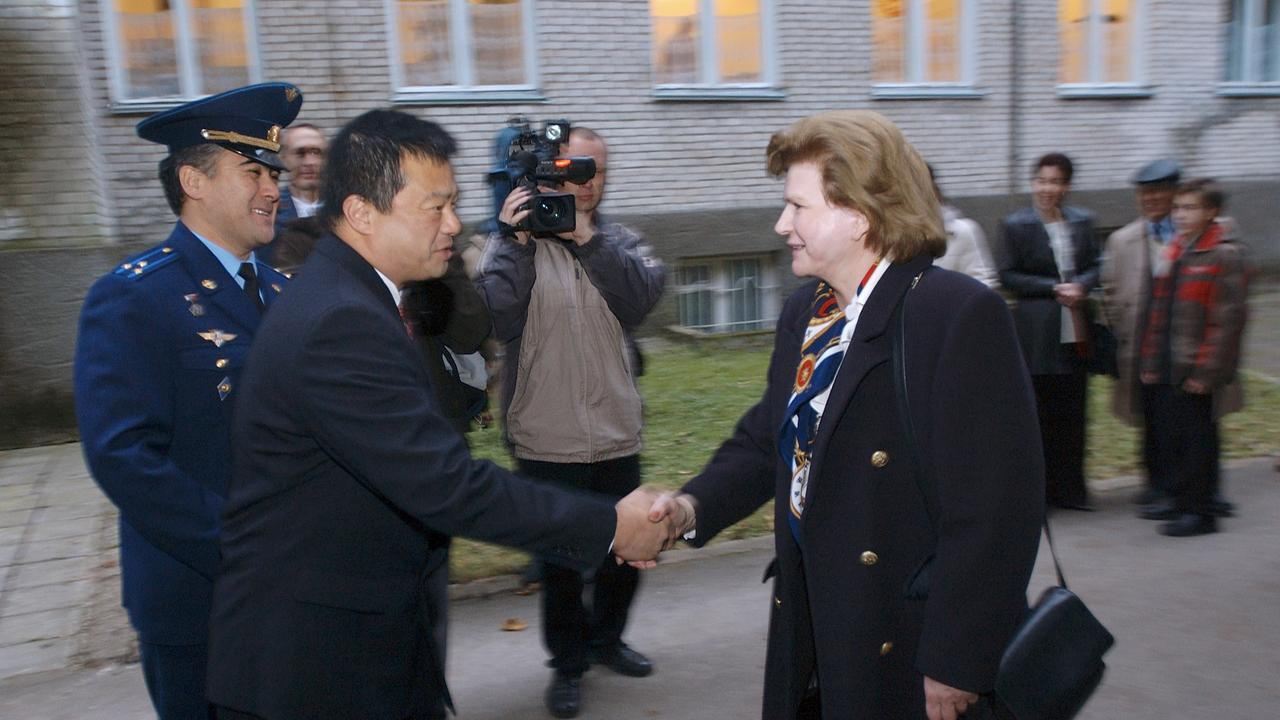
Valentina Tereshkova, a Soviet cosmonaut, became the first woman to fly in space on June 16, 1963. During her mission aboard the Vostok 6 spacecraft, she orbited the Earth 48 times and was in space for 2 days, 22 hours, and 50 minutes.
Tereshkova was also the youngest woman in space until that record was broken in 2023 by Anastatia Mayers. flight was a major step forward for gender equality in space exploration and inspired countless women to pursue careers in science and technology.
Guion Bluford: Breaking New Boundaries
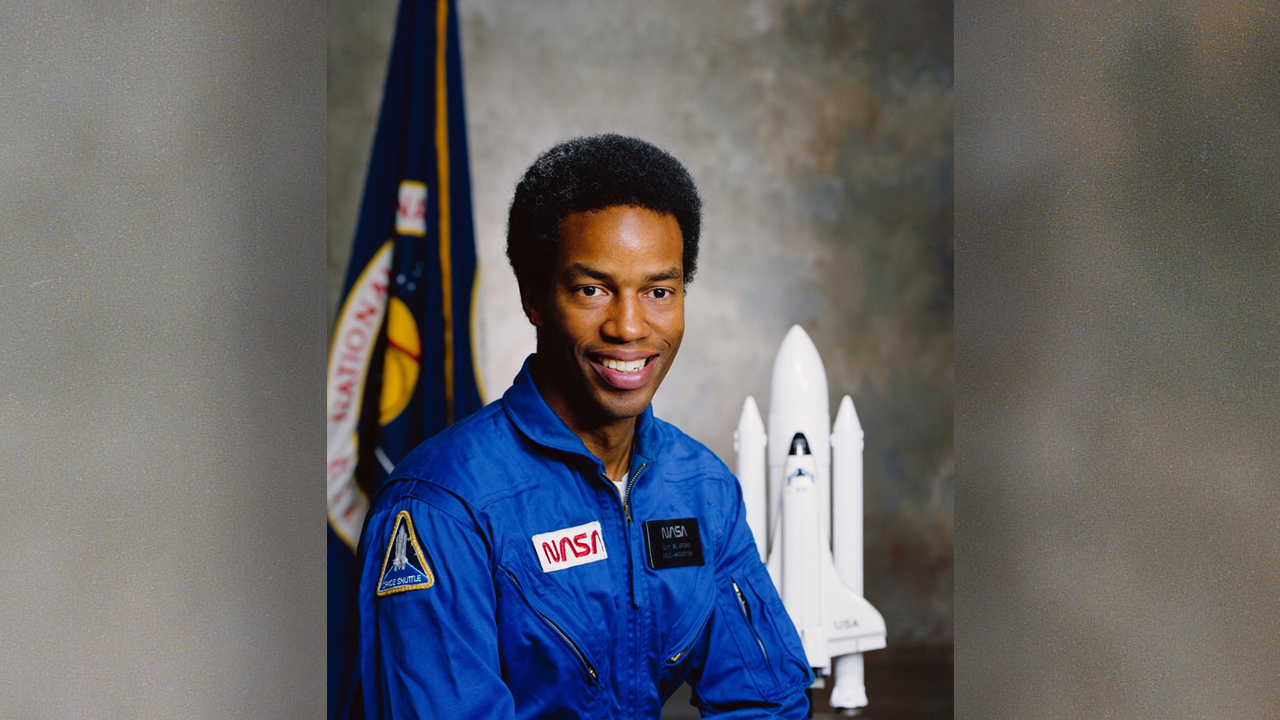
Guion Bluford’s historic journey into space began on August 30, 1983, when he launched aboard the Space Shuttle Challenger as part of the STS-8 mission. His achievement as the first African American in space was a pivotal moment in history, challenging the racial barriers of the time and paving the way for future astronauts of diverse backgrounds.
Bluford’s role as a mission specialist involved deploying satellites and conducting various experiments, contributing valuable research and data to the fields of aerospace and science.
Bluford logged over 688 hours in space over the span of ten years. His accomplishments are celebrated not only for their scientific impact but also for expanding the horizons of what aspiring astronauts, regardless of race, might one day achieve.
Sally Ride: Advocate for Women in STEM
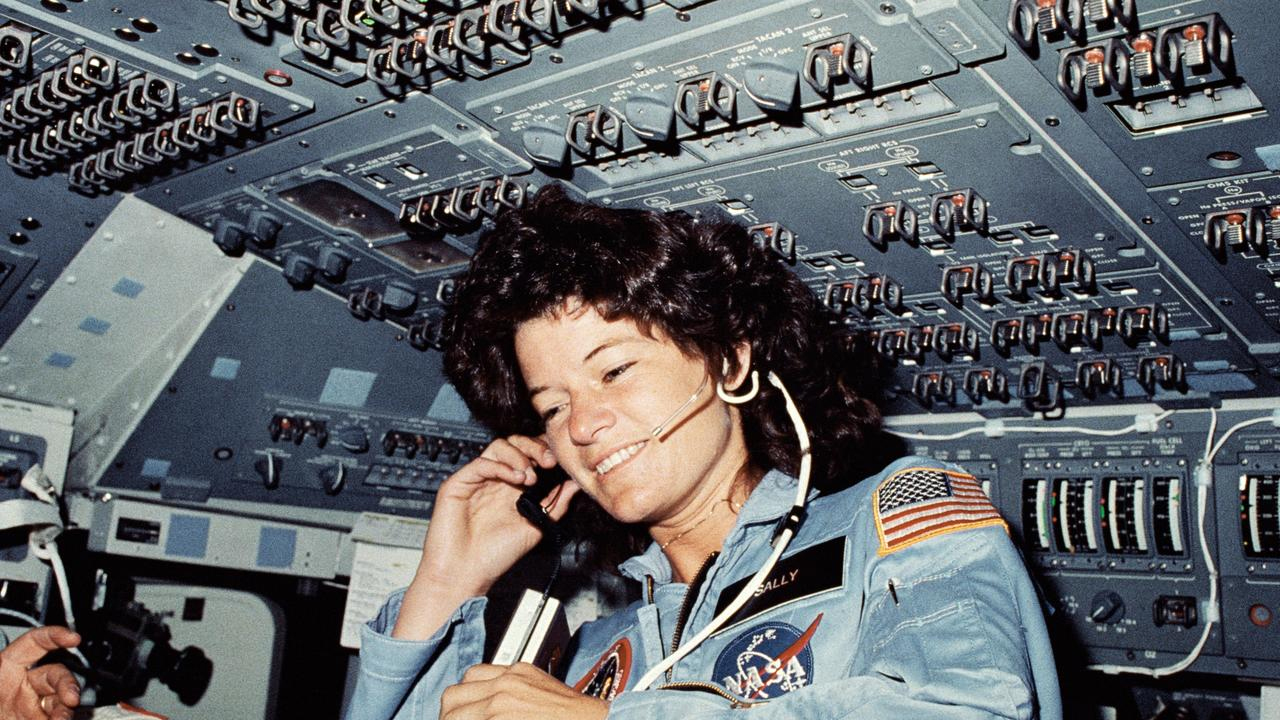
Sally Ride made history as the first American woman in space with her 1983 flight on the STS-7 mission and subsequent mission in 1984. After her NASA career, she focused on promoting STEM (Science, Technology, Engineering, and Mathematics) education for young girls through her organization, Sally Ride Science, and various educational initiatives.
Ride’s legacy continues to inspire women and girls globally to pursue careers in science and engineering, emphasizing the importance of breaking barriers and fostering gender equality in STEM fields.
John Glenn: An American Hero
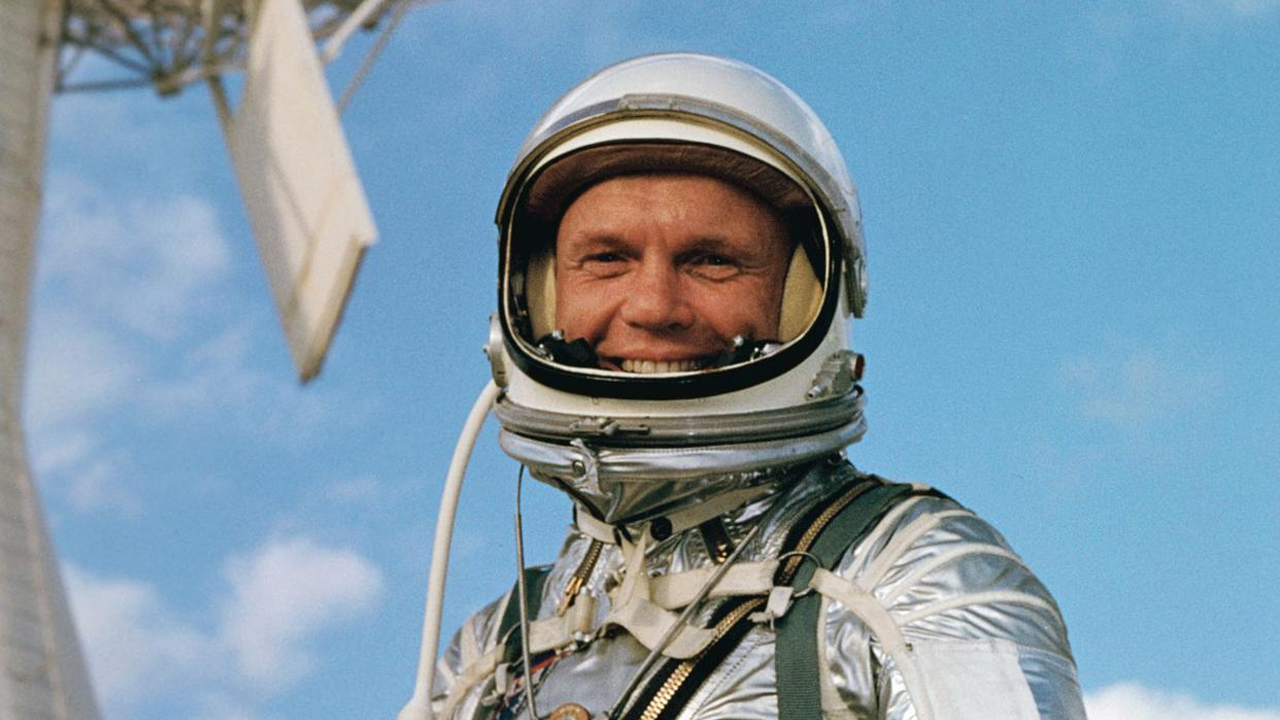
John Glenn, an iconic American astronaut, made history as the first American to orbit the Earth during his spaceflight on February 20, 1962, aboard the Mercury-Atlas 6.
His achievements didn’t stop there; after a distinguished career as a U.S. Senator, he returned to space in 1998 at the age of 77, becoming the oldest person to do so. Glenn’s enduring commitment to public service and his fearless contributions to space exploration have solidified his status as a celebrated American hero.
Mae Jemison: A Legacy of Inspiration
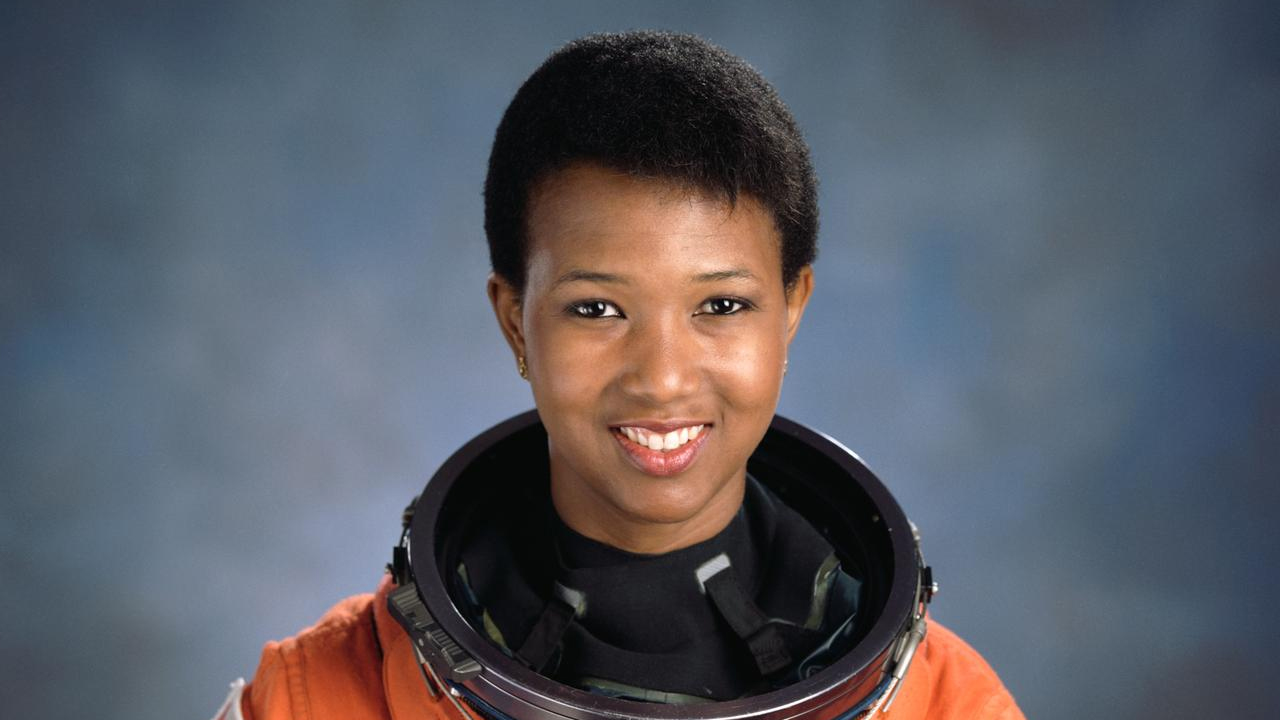
Mae Jemison broke new ground as the first African American woman to travel to space during the STS-47 Space Shuttle mission in 1992, where she worked as a mission specialist.
Following her NASA career, she established a non-profit organization focused on enhancing science education and technology access in developing countries. Jemison’s pioneering space mission and her ongoing advocacy for education continue to motivate young individuals, particularly women of color, encouraging them to follow their dreams and pursue careers in STEM fields.
Alexei Leonov: The Spacewalker
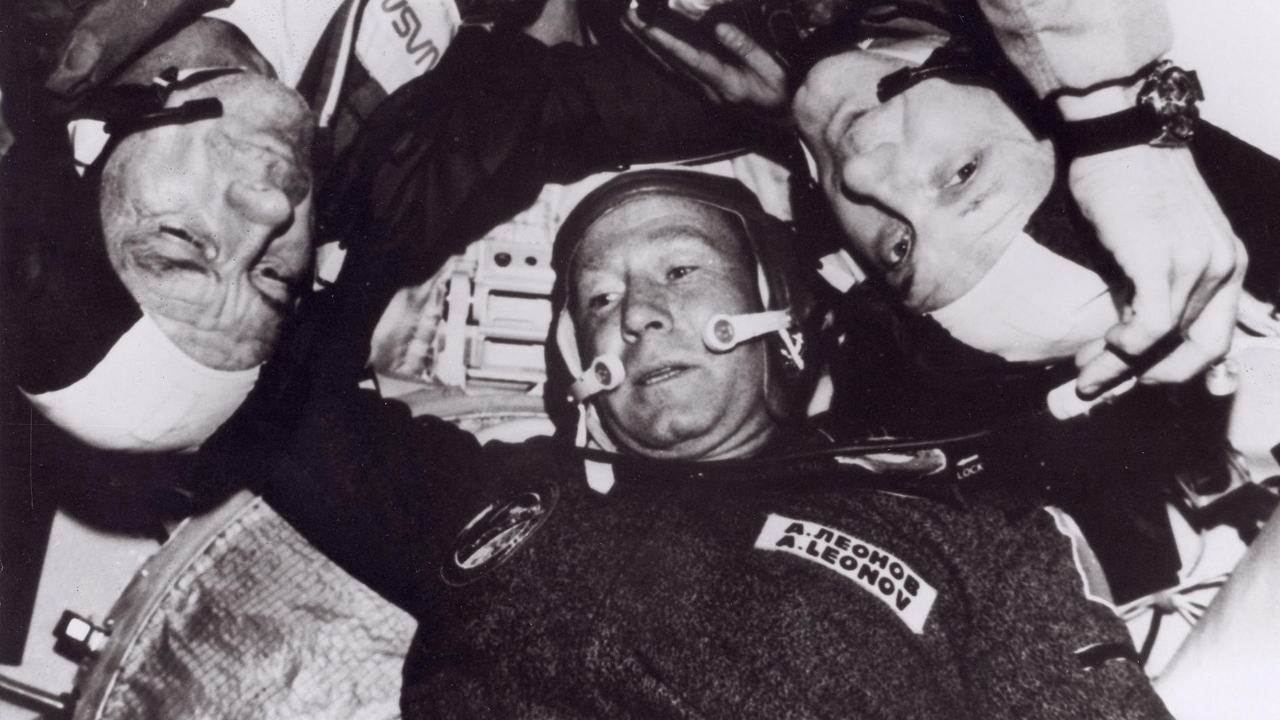
Alexei Leonov, a Soviet cosmonaut, made history as the first person to conduct a spacewalk during the Voskhod 2 mission on March 18, 1965. He ventured outside his spacecraft for 12 minutes, tethered only by a line, setting the stage for all subsequent spacewalks.
Leonov’s courageous act and pioneering spirit not only earned him hero status in the Soviet Union but also garnered him international acclaim, significantly influencing the future of space exploration.
Edward White: America’s First Spacewalker
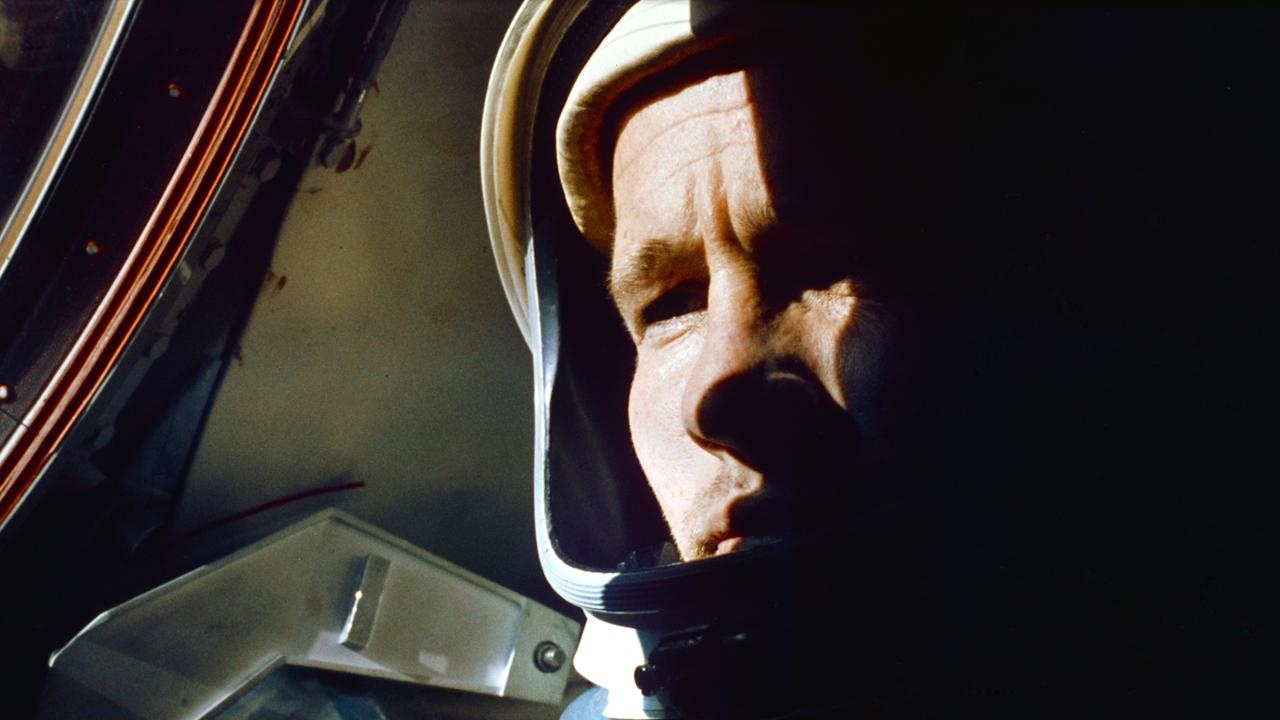
Edward White etched his name in history as the first American astronaut to perform a spacewalk on June 3, 1965, during the Gemini 4 mission. He spent 21 minutes outside the spacecraft, adeptly maneuvering with a handheld oxygen jet gun.
This groundbreaking spacewalk marked a significant achievement for the American space program. It pushed forward the development of new spacewalking techniques and technologies that would be crucial for the success of future missions.
Kalpana Chawla: Star of the Shuttle Program
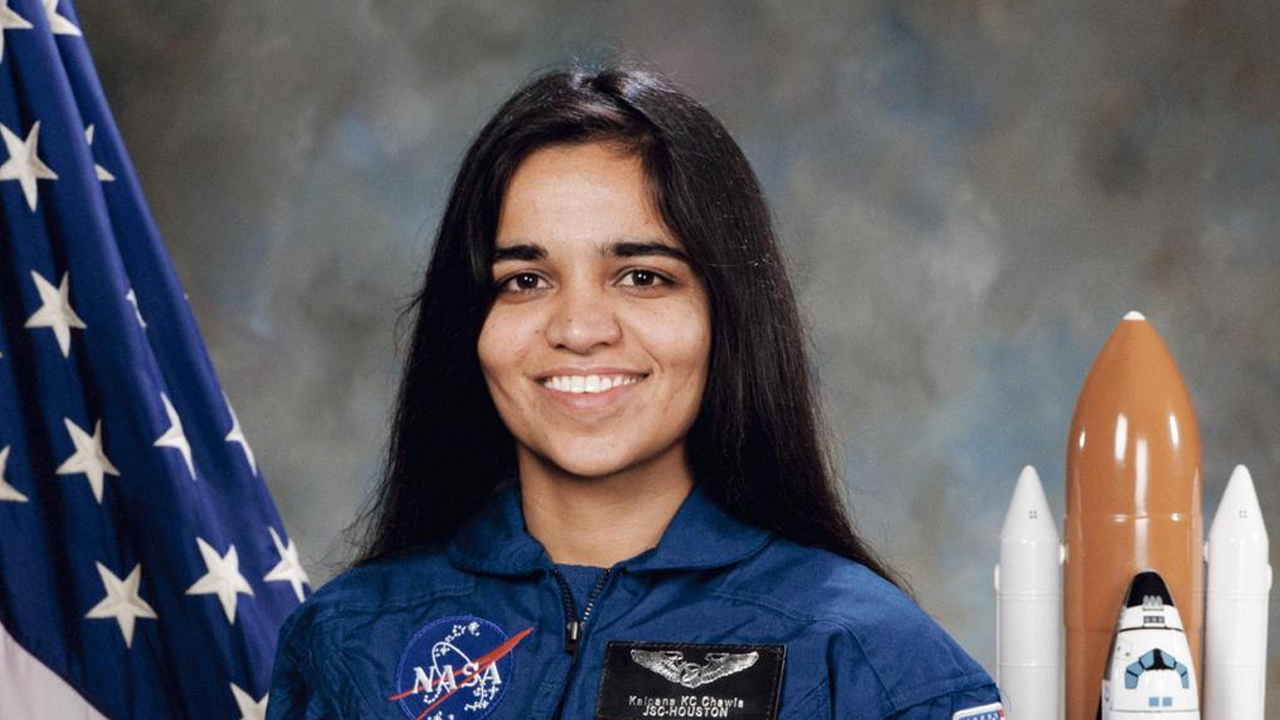
Kalpana Chawla, an Indian-born American astronaut, broke barriers as the first woman of Indian origin to travel to space. She flew on the STS-87 mission in 1997 and again on the STS-107 mission in 2003. Tragically, during re-entry on her second mission, the Space Shuttle Columbia disintegrated, resulting in her death and that of her six crewmates.
Despite this tragic end, Chawla’s remarkable journey continues to inspire countless young individuals, particularly women in India and globally, encouraging them to explore careers in space and science.
Alan Shepard: From Mercury to the Moon
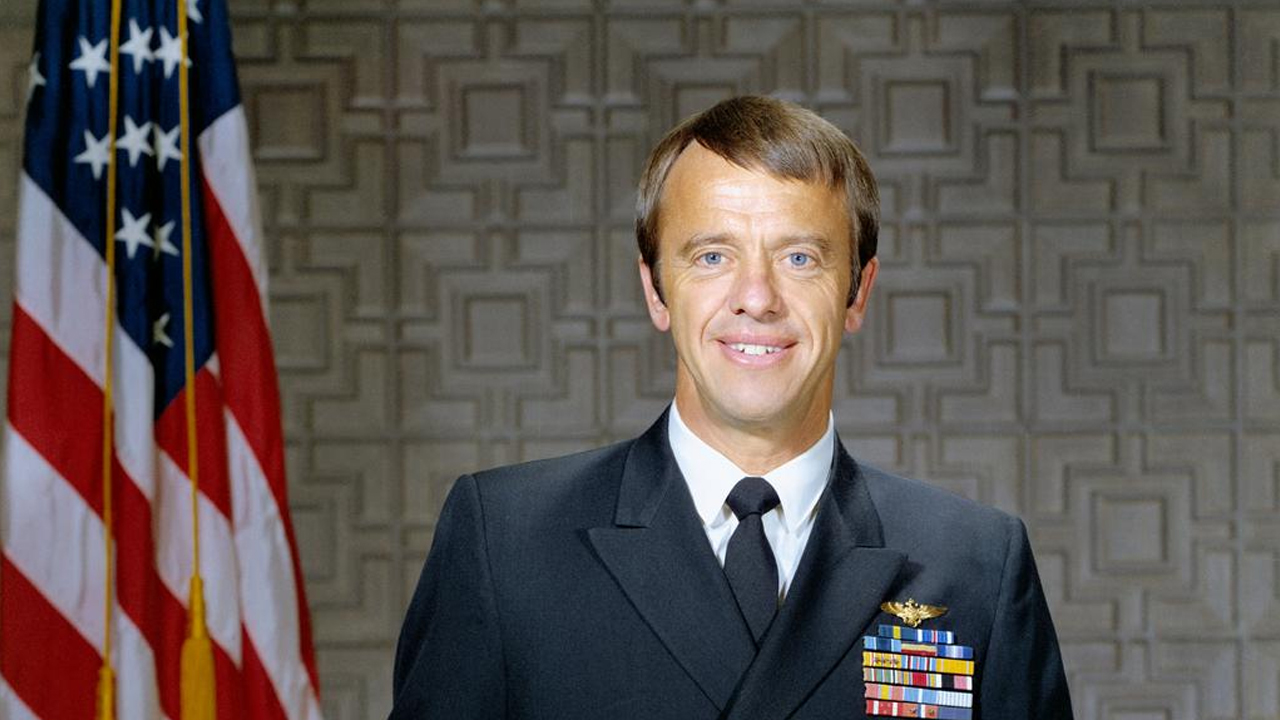
Alan Shepard became the first American to travel into space on May 5, 1961. His brief, 15-minute suborbital journey aboard the Mercury-Redstone 3 spacecraft represented a pivotal achievement for the U.S. space program.
Shepard’s contributions to space exploration didn’t end there; he later led the Apollo 14 mission to the Moon in 1971, where he became the fifth astronaut to walk on the lunar surface, further cementing his legacy in space exploration.
Eileen Collins: A Trailblazer in Command
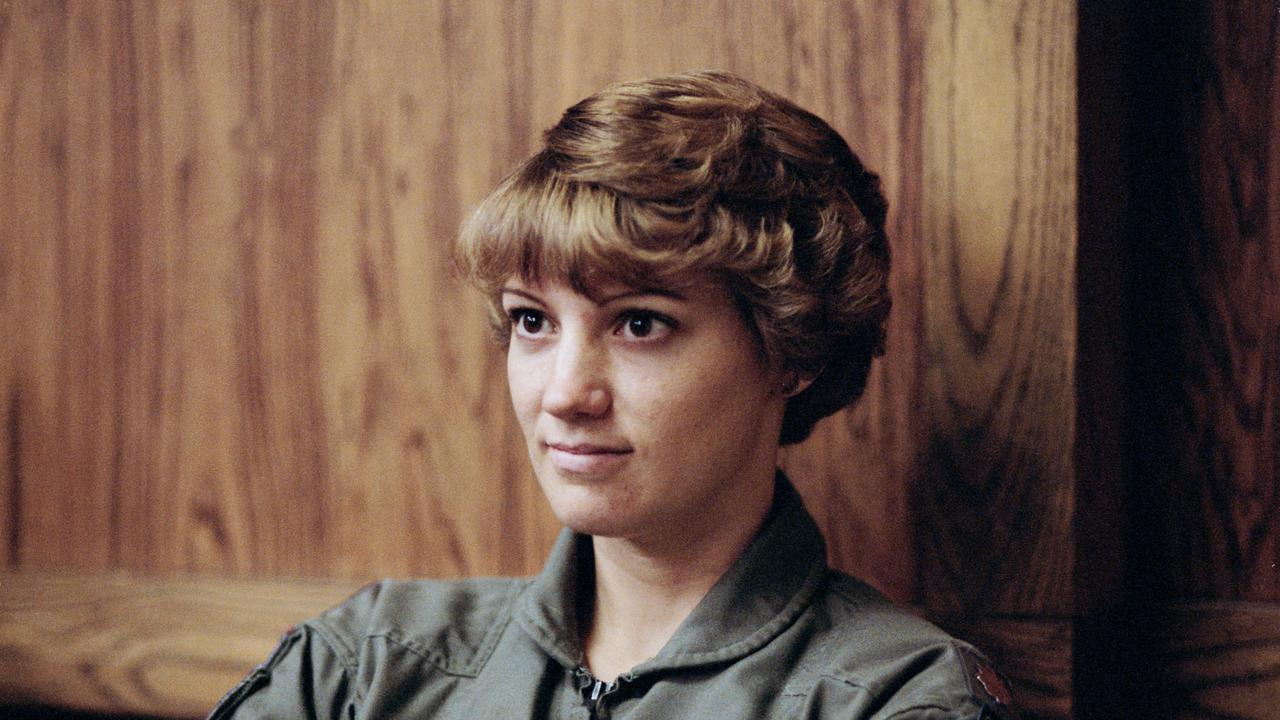
Eileen Collins broke new ground as the first female commander of a Space Shuttle mission during STS-93 in 1999. She continued to lead as the commander of the STS-114 mission in 2005, notable for being the first mission following the Columbia disaster.
Collins’ leadership was instrumental in rebuilding trust in the Space Shuttle program and set a precedent for future women commanders in space missions. Her achievements have been vital in advancing the role of women in aerospace.
Sergei Krikalev: Veteran of the Space Age
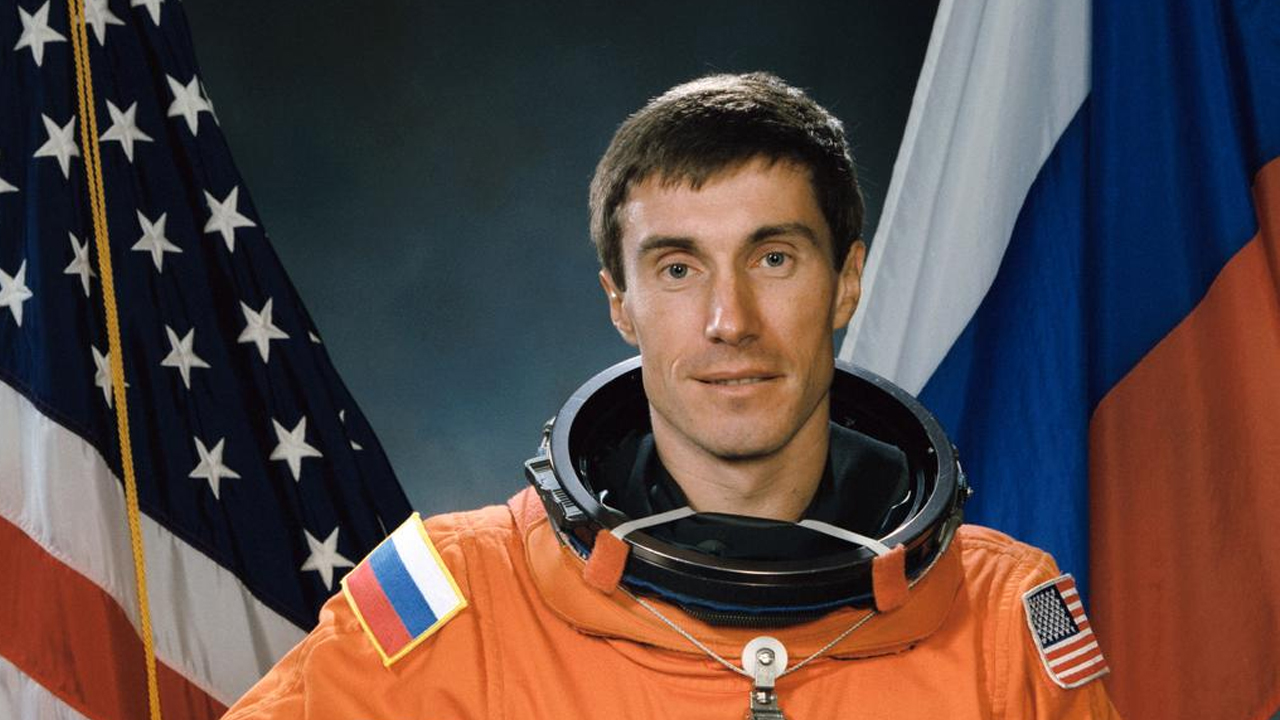
Sergei Krikalev, a Russian cosmonaut, holds the world record for the most cumulative days spent in space, totaling over 803 days across six space missions.
Notably, he was on the Mir space station when the Soviet Union dissolved in 1991, earning him the nickname “the last citizen of the USSR.” Krikalev’s extensive experience in space has made him a highly respected figure in the international space community.
Yang Liwei: China’s First Astronaut
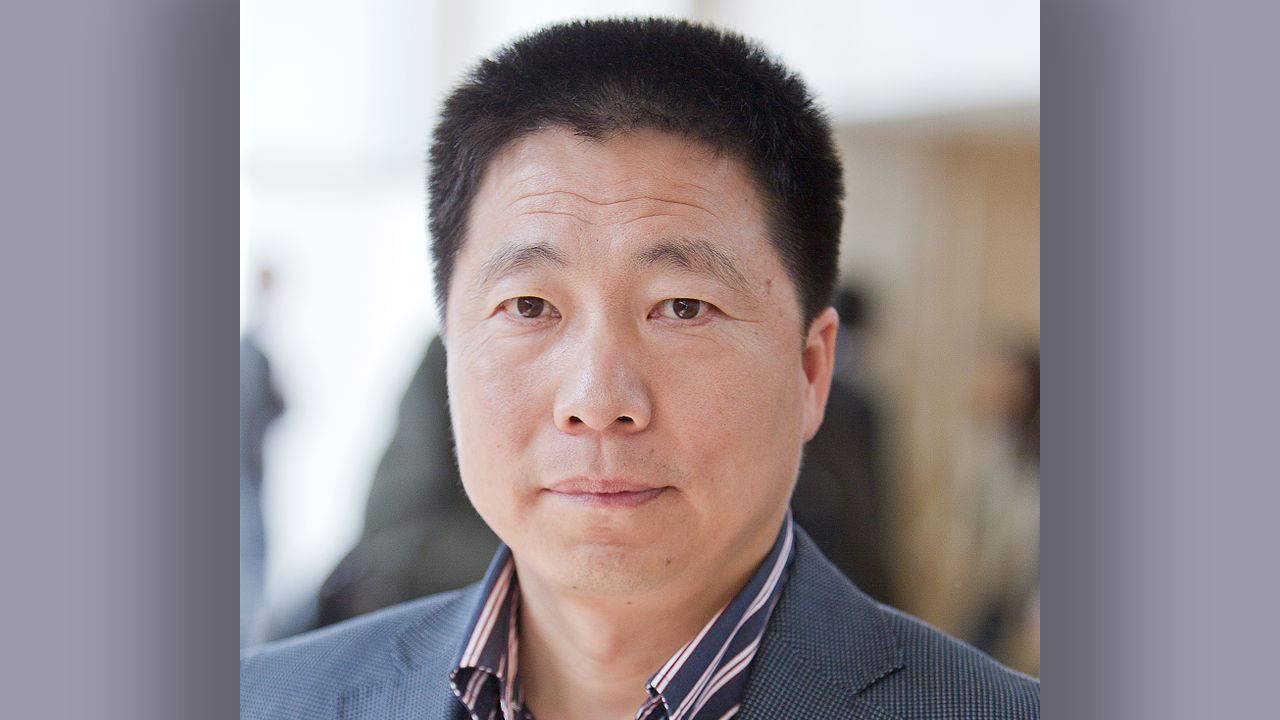
Yang Liwei became the first Chinese astronaut to travel to space in 2003, piloting the Shenzhou 5 spacecraft. His 21-hour mission was a milestone for China, making it the third country to independently send a human into space.
Yang’s successful flight not only sparked immense national pride but also positioned China as a significant force in global space exploration.
Chris Hadfield: Space’s Most Social Media-Savvy Astronaut
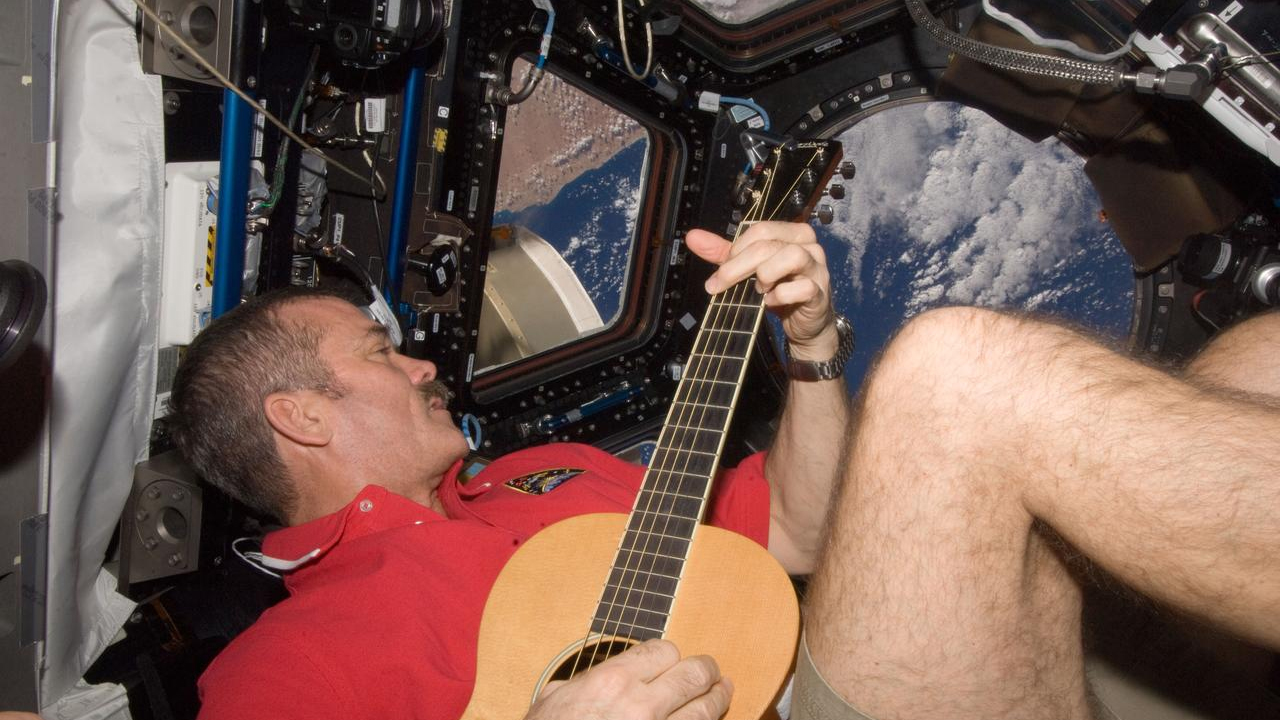
Chris Hadfield, a Canadian astronaut, commanded the International Space Station during Expedition 35 in 2013. He gained widespread fame for his educational videos and engaging social media posts from space, notably his cover of David Bowie’s “Space Oddity.”
Hadfield’s charismatic approach and passion for space exploration captured the public’s imagination, sparking a renewed interest in the sciences among a new generation of space enthusiasts.
Ellen Ochoa: A Beacon of Diversity in Space
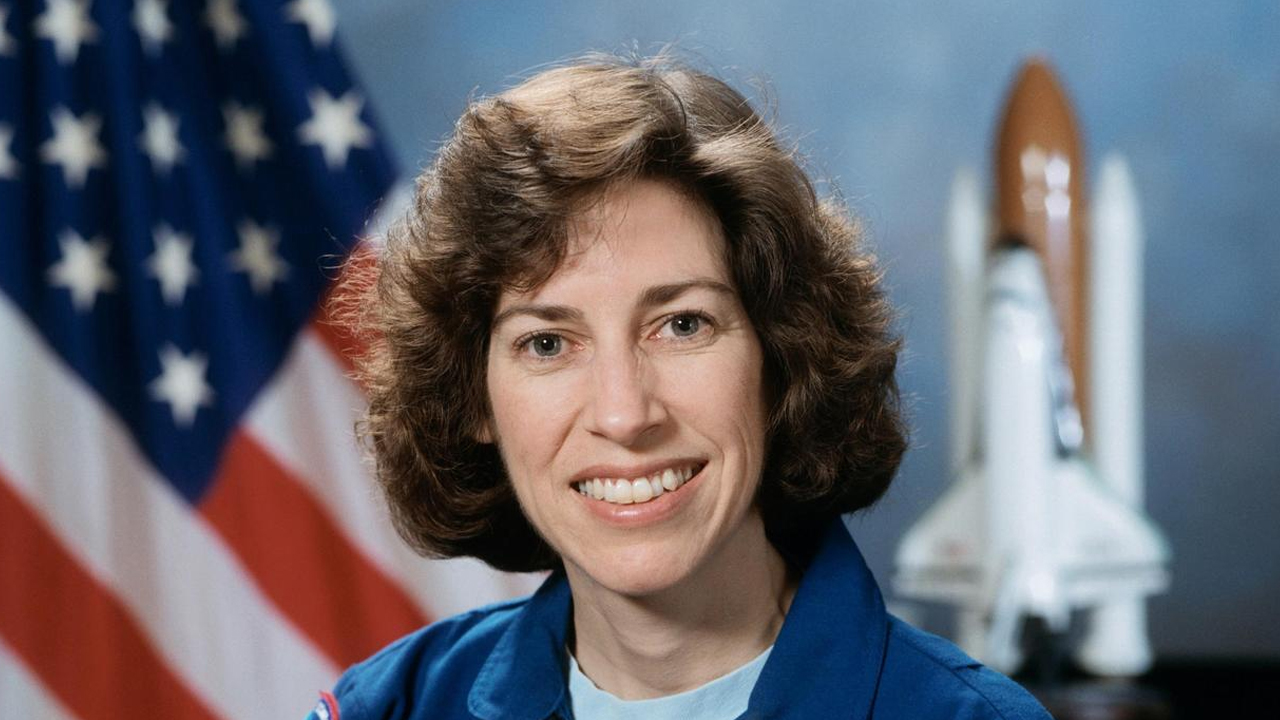
Ellen Ochoa made history as the first Hispanic woman in space during the STS-56 Space Shuttle mission in 1993. She completed three additional spaceflights and later became the first Hispanic director of the Johnson Space Center.
Ochoa’s pioneering career has not only provided inspiration to the Hispanic community but also emphasized the importance of diversity in STEM fields, making her a prominent advocate and role model.
Scott Kelly: Pushing the Boundaries of Space and Science
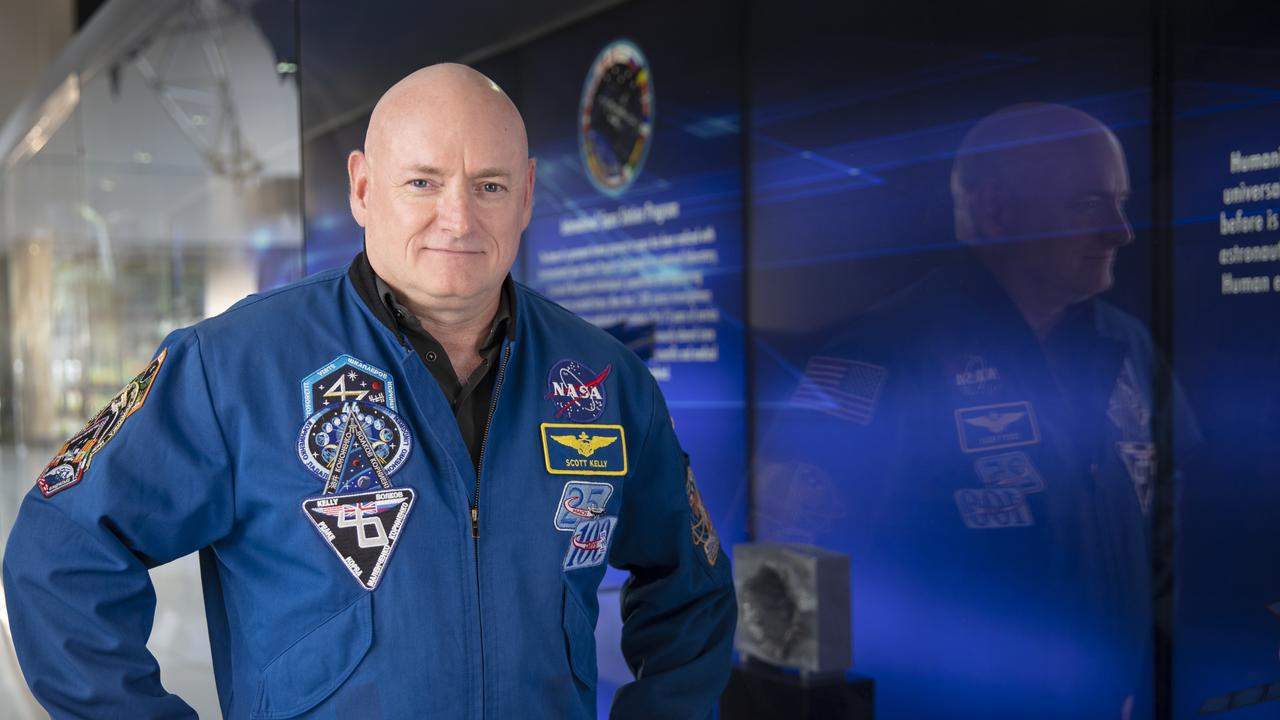
Scott Kelly is known for the longest single American spaceflight, spending 340 days straight on the International Space Station from 2015 to 2016. He was part of a special study with his twin brother, Mark, who stayed on Earth, to explore how long space missions affect the human body.
This research is crucial for preparing for extended trips to the Moon, Mars, and beyond, making Kelly’s mission a significant contribution to space exploration science.
Peggy Whitson: Record-Breaking Astronaut
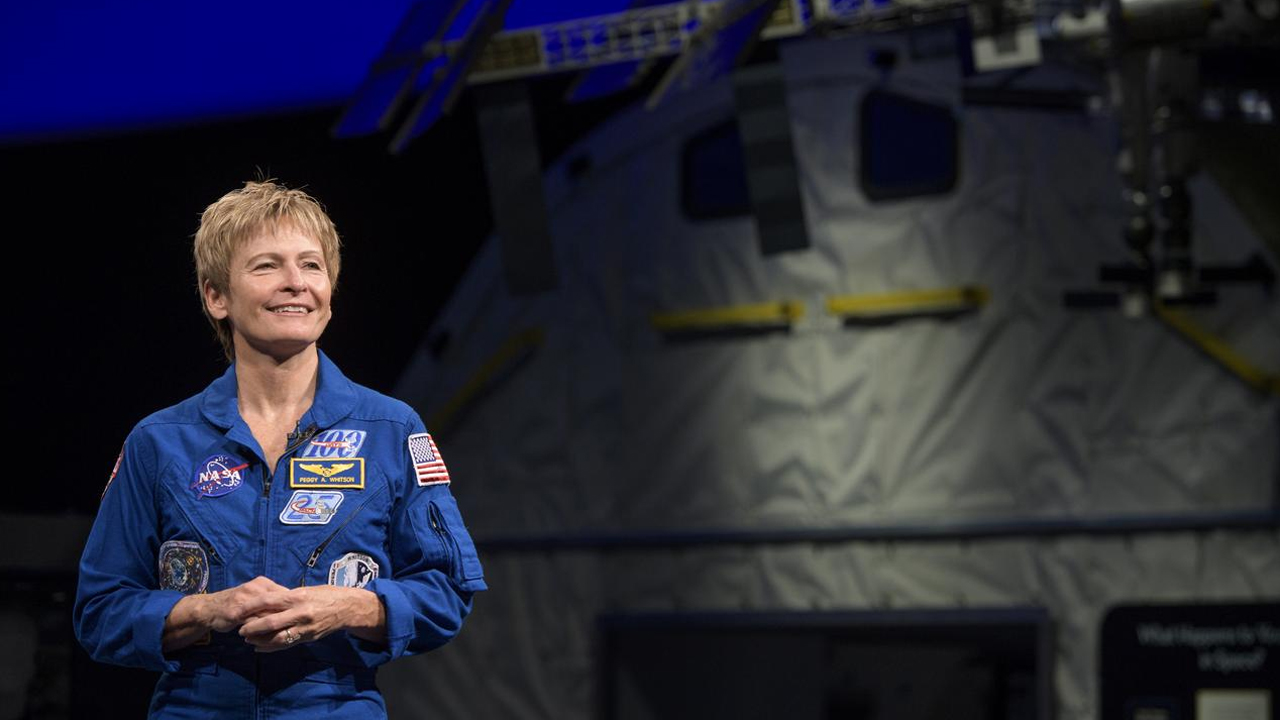
Peggy Whitson holds the record for the most time in space by any NASA astronaut, totaling 665 days across three missions. She also made history as the first woman to command the International Space Station twice, during Expedition 16 in 2007-2008 and Expedition 51 in 2017.
Whitson’s vast experience and leadership have greatly contributed to NASA’s astronaut corps, mentoring many aspiring astronauts. She has played a significant role in breaking gender barriers within the space industry and encouraging young women to pursue careers in STEM. Whitson’s achievements in space exploration have not only deepened our understanding of the universe but also showcased the remarkable capabilities of women in space.
